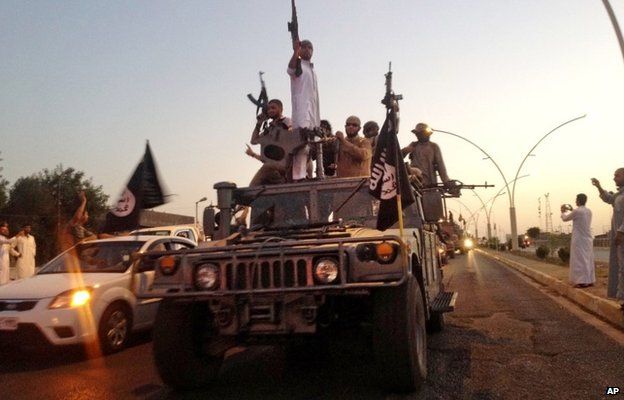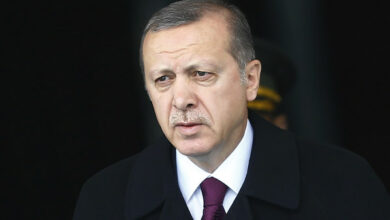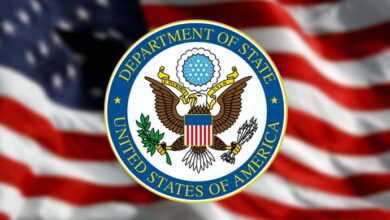
Islamic State: How it is run
In a ground mission in eastern Syria last weekend, US special forces killed Abu Sayyaf, a man they described as playing a key role in Islamic State’s oil and gas operations.
The American commandos were quickly engaged in a firefight, during which Abu Sayyaf was killed. But their original goal was to capture and interrogate him, apparently in an effort to improve their understanding of how IS works.
It raised the question of how much is known about the structure of an organisation that rapidly overran large parts of Syria and Iraq last year, and has been able to hold onto much of that territory despite months of air strikes by a US-led coalition.
On a broad level the shape of Islamic State may seem fairly clear.


Its stated goal has been to establish a “caliphate” to rule over the entire Muslim world, under a single leader and in line with Islamic law, or Sharia.
Unlike some other insurgent or militant groups, it holds territory that it seeks to govern. It has therefore set up a bureaucratic system that in many aspects mimics that of a modern state.
The leader or “caliph” is Ibrahim Awad Ibrahim Ali al-Badri al-Samarrai, better known as Abu Bakr al-Baghdadi.
He sits at the top of a structure of advisory councils and administrative departments that are replicated at regional and local levels. These oversee a range of functions and services that include security and intelligence, finance, media, health provision, and family or legal disputes.
BBC




